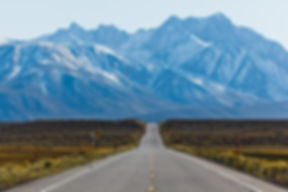
Water Strider
Scientific Name:
Family: Gerridae; Order: Heteroptera
Type:
Invertebrate
Habitat:
The surface of still bodies of water like lakes, ponds and streams as well as calmer areas of moving water such as eddys and pools on the edges of rivers
Range:
Across the continental United States in most bodies of freshwater
Status:
No listed status
This species is
NATIVE
to the Truckee Meadows.
Identification:
These insects can be identified by their dark color, usually brown or black, and four legs much longer than its thin body. Adult water striders can grow to have a body length of half an inch or more, with legs sometimes twice as long as the body. Water striders live on the surface of the water and cast unique shadows beneath them. Like other insects, water striders have six legs. They use four longer legs to balance and ‘skate’ quickly across the surface of the water; their middle two legs are used as the main source of propelling them across the surface while steering with their rear legs. Water striders have two smaller front legs near the head to catch food. Their diet includes larvae and other small insects that end up on the water's surface, feeding on both living and dead insects.
Fast Facts:
Water striders utilize small hairs on their feet (called tarsi) and the surface tension of water to stay afloat.
One subspecies of water strider (Halobates) is the only known insect found living on top of the open ocean!
Other names for the water strider include “Pond Skaters”, “Skimmers”, and the “Jesus Bug”.
Water striders send vibrations across the surface of the water to communicate.
In mating season, water striders lay their eggs near the edge of the water on aquatic vegetation. After hatching, the nymph water striders take about one month to fully mature. Adult water striders can live for several months.
Sources:
Internet Archive, Common Water Strider, 2014, https://web.archive.org/web/20141202100430/http://www.fcps.edu/islandcreekes/ ecology/common_water_strider.htm
The National Wildlife Federation, Water Striders, 2021, ttps://www.nwf.org/Educational-Resources/Wildlife-Guide/Invertebrates/Water-Str iders
Water Strider, Insect, 2018 https://www.britannica.com/animal/water-strider
Biology of Halobates (Heteroptera: Gerridae) Cheng, Lanna, 1985 https://escholarship.org/uc/item/9js6m9k1
Contributor(s):
Kevin Livingstone (research & content)
Alex Shahbazi (edits & page design)

